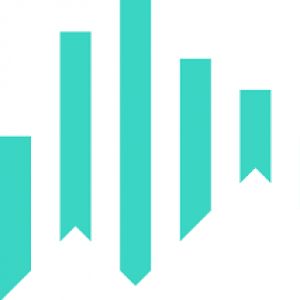The OPEC-led Supply Cuts vs Non-OPEC Price Ramp Up ? What Next?Posted by Flow Ebb on February 13th, 2018 Brent crude, the global benchmark, has already traded above a barrel this year, continuing gains achieved in 2017. The most obvious source of last year’s gains was the OPEC-led supply cuts which succeeded in removing 1.8m barrels per day (bpd) since January 2017 from the oversupplied market. But it is important to not neglect the fact that a series of supply disruptions – from the US Gulf, to Libya, to Venezuela, to Iraqi Kurdistan – also played a crucial role in securing the near a barrel prices we have seen so far this year. Looking ahead into 2018, it is even more important to widen consideration beyond the continuation of the OPEC-led supply cuts. The reason for this is that although the cuts have been extended until the end of the year, there are talks planned for June during which an exit strategy is to be discussed. It is therefore crucial to play close attention to all fundamental drivers and assess how these influence crude prices over the coming months. A ramp-up production as producers move to maximise on high prices is arguably the most prominent factor likely to dictate crude prices going into 2018. Those betting against a continued price rally expect that US shale production, combined with other non-OPEC supply, will ramp up much quicker than consumption, in turn leading to oversupply regardless of the continuation of the OPEC-led supply cuts. The US Energy Information Administration (EIA) forecasts that US shale output will increase by 780,000bpd in 2018, over double the 380,000bpd growth seen in 2017, and the International Energy Agency expects that non-OPEC supply will reach 1.6m bpd as a result of pre-crash commissioned projects in Brazil and Canada coming online. Although some may argue that the lack of capital investment in new and existing projects since 2014 is likely to somewhat inhibit the rate at which producers are able to ramp-up output, the increase in US rig count experienced in 2017 is likely to offset any such inhibition. Not to mention the signs of a North Sea “renaissance” being underway. It also cannot be ruled out that some OPEC members may be led astray by the temptation of the higher prices and open their taps to get their own “piece of the prize”. Even if it were just a slight increase in production, the cumulative effect of several OPEC members making the same move could result in a notable supply increase contribution. The reality is that it is extremely unlikely that 2018 will be able to continue delivering price gains at the rate that 2017 was able to. It will take some doing from Saudi Arabia-led OPEC to orchestrate an end of the production cuts which doesn’t result in a flooding of the market. Even if the exit is a success and all members refrain from opening their taps for self-gain, US shale production is expected to continue building inventories throughout 2018 with new supplies continuing to come online, making sustained a barrel level prices highly unlikely - unless demand side factors somehow manage to keep pace. More Information Please Visit Here: www.flowandebb.com Like it? Share it!More by this author |


